Lidice
When Himmler’s deputy Reinhard Heydrich died from the injuries he sustained when he was attacked in Prague, May 1942, the Nazis wanted to set an example. Hitler proposed the assassination of some 10,000 Czechs, but Heydrich’s deputy in Bohemia Moravia, Karl Hermann Frank, persuaded Hitler that such draconian measures could have serious consequences for the war industry so important in Bohemia. Hitler, in any case, wanted a quick investigation and set an example as soon as possible. On somewhat arbitrary and random grounds, the Nazis decided to retaliate on the village of Lidice, about 20 kilometers north of Prague. Lidice had about 400 residents and was vaguely involved with the resistance, but that was enough for the Nazis. Firstly (1) all men over sixteen years of age would be executed. Secondly (2) all women would be sent to the Ravensbruck concentration camp. Thirdly (3) all children with Aryan traits would be kidnapped for germanization. This means that they were considered Aryan and could therefore be placed in politically correct families. Fourthly (4) and lastly, the village would be burned to the ground and covered with earth.
On the evening of June 9, 1942, German police forces, led by Horst Böhme, surrounded Lidice and gathered all the residents of the village. The next day they began executing all men over sixteen years of age in accordance with the orders they had received from Berlin. The executions took place at Horak’s farm and those executed were blindfolded. The bodies of those who were murdered were left behind when the next group of people were executed. The Nazis even dug up the remains of the villagers buried in the cemetery. These were destroyed along with everything else that reminded that once there was a village on the site. Of the 105 children in the village, 88 were murdered in the Chelmno extermination camp, Poland, six died in Lebensborn, Germany, and 17 returned to Lidice after the war. A total of 340 people (192 men, 60 women and 88 children) were murdered in Lidice. The destruction of Lidice was even filmed by the Germans.
Current status: Demolished with museum (2010).
Address: 10 cervna 1942, 273 54 Lidice.
Get there: Car.
Follow up in books: Dougherty, Nancy: The Hangman and His Wife: The Life and Death of Reinhard Heydrich (2022).
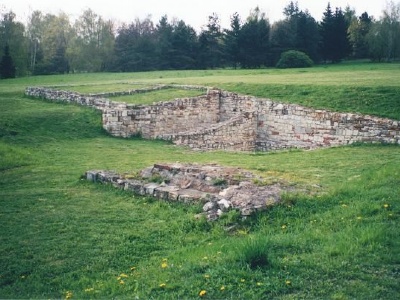
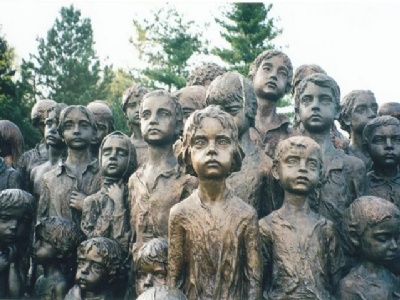
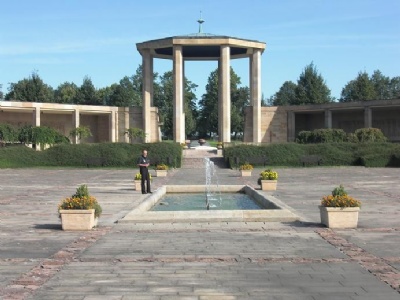
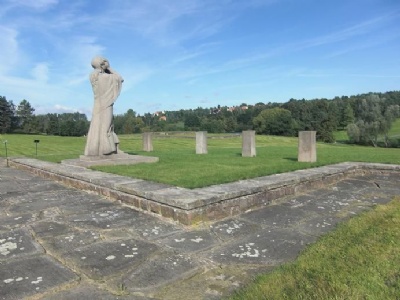
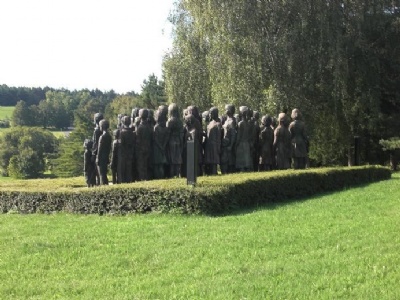
The human costs of the attack were enormous. Until September 1942, about 6,000 people were arrested and of these, about 3,000 were murdered. Therefore, the attack has also been questioned whether it was really worth the costs. Attacks against Nazi leaders were relatively rare and a contributing factor was of course the huge costs that followed. When the general commissioner of Belarus Wilhelm Kube in Minsk in September 1943 was killed by a bomb placed under his bed, this resulted in about 1000 people being killed in retaliation.
In Poland, the Polish resistance movement, together with the Polish government of exile in London, carried out an operation called operation Head. The resistance movement held ” trials” against local Nazi leaders and SS officers who were ”sentenced” to death and the ”sentence” would be carried through an attack on the "condemned". One who was sentenced to death was among others, SS-Obergruppenfuehrer Wilhelm Koppe, chief of the SS and Police leader of the General Government, however, the attack failed. Another failed attack was against the Warsaw district governor Ludwig Fischer. One attack that succeeded was against SS-Brigadefuhrer, Franz Kutschera, SS and Police leader in the Warsaw district, who was murdered in February 1944. In total, attacks were carried out against between 15 – 20 Nazis in Poland during 1943 and 1944.
Lidice was never rebuilt after the war, but a new Lidice was built next to the old. The old site is now a memorial park with several monuments and smaller ruins. The museum contains just enough information and it has a personal touch that allows the visitor to identify with the victims. Outside the area where the village once was stood, there are several monuments and one of them is life size and represents the 88 children who were murdered. The monument is poignant and you can almost touch the mood when you look at the children’s sad facial expressions.
Lidice was far from the only place who suffered Nazi retaliation. There were places where a significantly larger number of people were murdered. But Lidice has perhaps become the main symbol of Nazi crimes that were not entirely racist motivated and it has its explanations. Firstly (1) it was a consequence of the murder of a high Nazi official, which meant that it received extra attention. Murder of lower-ranking Nazis has not received the same attention. Secondly (2) the Nazis themselves contributed to spreading the incident as a warning. Other events were also spread but they were more geographically limited while Lidice spread over a larger geographical area.